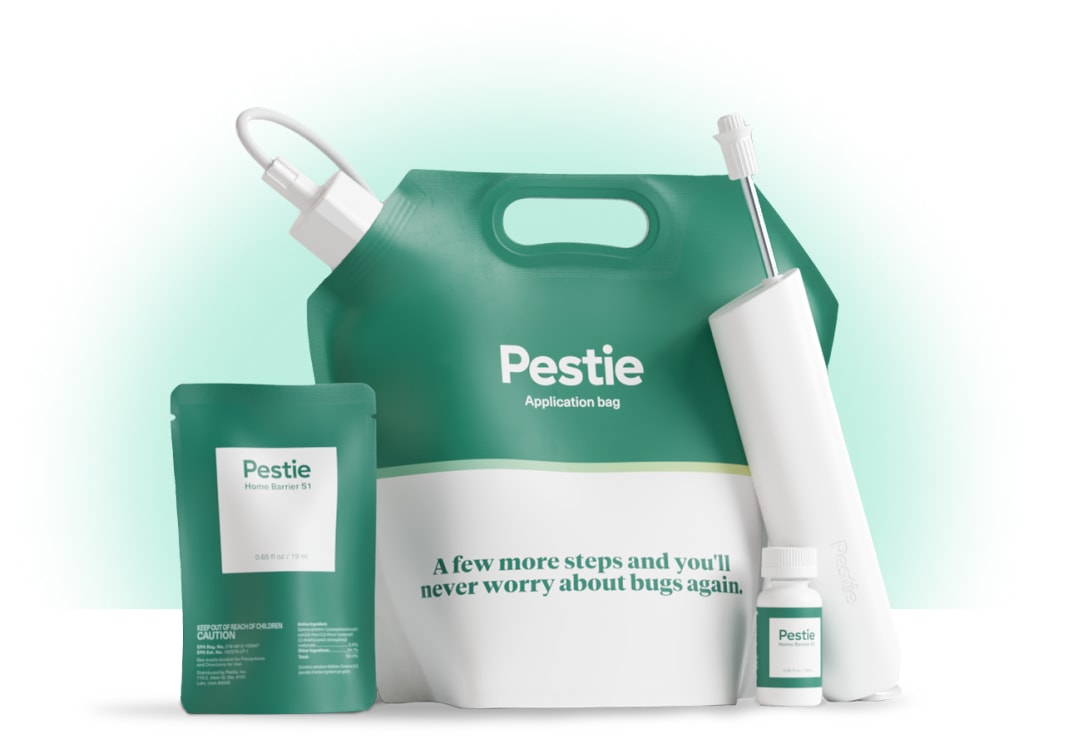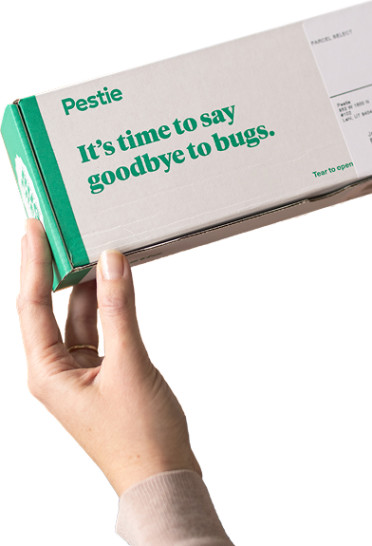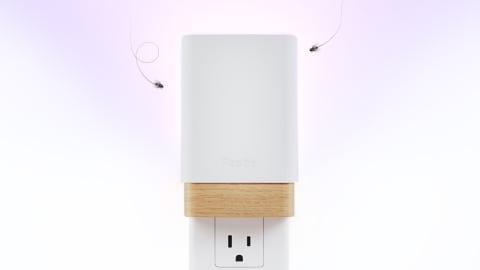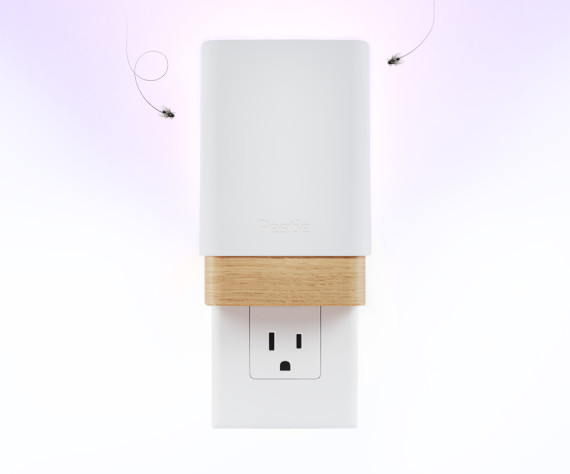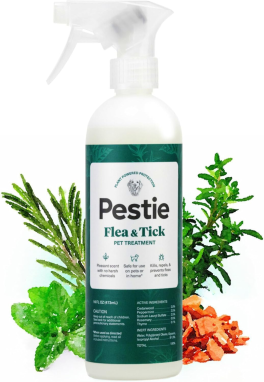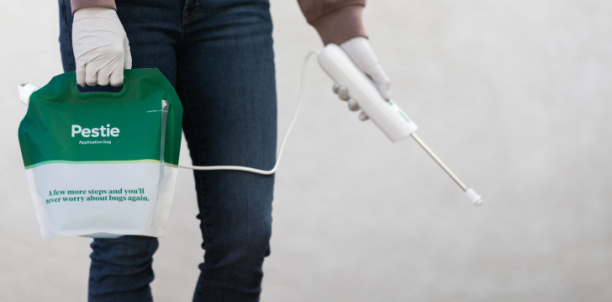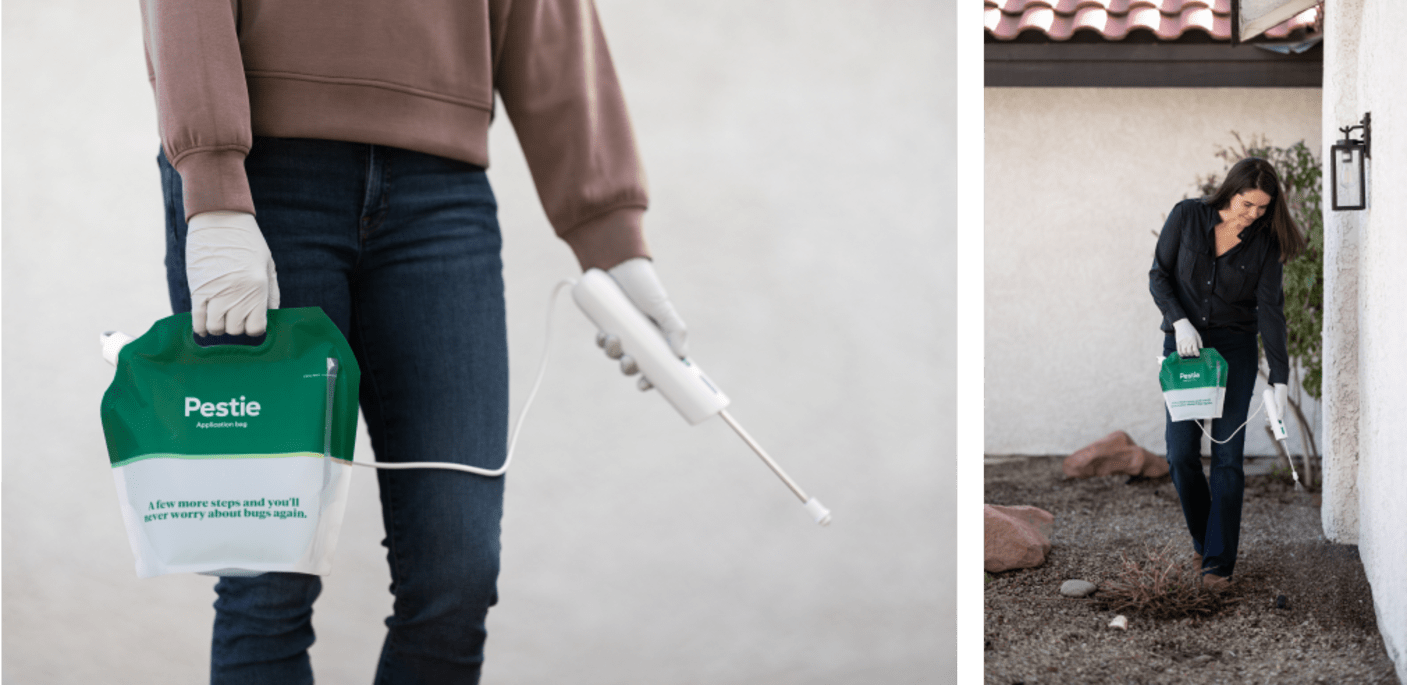How to identify and get rid of chinch bugs
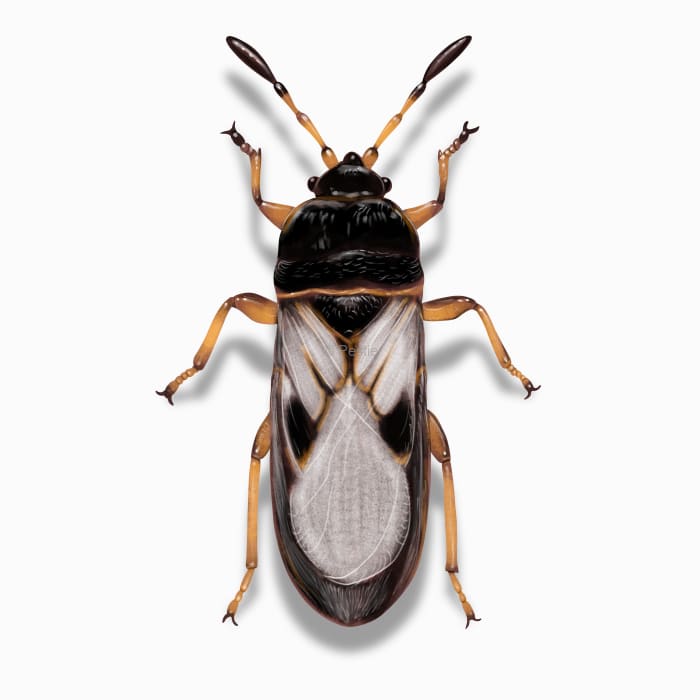
Protect your turf: preventing chinch bug damage
A green lawn is the pinnacle of summer and you do your best to keep it that way. But when you have patches of grass that look like they haven’t been watered in months, you know something more is going on.
Underneath that foliage are tiny bugs, sucking the sap out of your grass, blade by blade, until your lawn looks like it’s been through a drought!
Chinch bugs are the culprit and if left unattended, they can slowly sweep across your yard. They live in the thatch of your grass, or the layer of decomposing plants and they suck out the sap from your grass, simultaneously injecting a toxin that kills each plant.
So, if you’re experiencing a hot dry summer this year, be on the lookout for these pesky little plant suckers.
How to identify chinch bugs
These little critters are easy to recognize, but so hard to see! You’ll need to get close to make out all their defining characteristics.
Chinch bugs have a black body with white wings that have distinctive markings on them. They are only about 1/5 inch long.
Their nymphs are about half that size and are red with a white band around their abdomen. Their key characteristics include:
- Black body
- White wings
- Black pattern on wings
- Four antennae segments
- Six reddish-orange legs
Where do chinch bugs live?
Chinch bugs prefer to live in thatch, the layer of roots, leaves, and dead plant material that has yet to turn into soil. Thatch accumulates in lawns, and a little bit of it is beneficial to lawns. However, too much can harbor diseases and pests, like chinch bugs.
In your lawn, chinch bugs prefer hotter and drier areas, like near driveways, sidewalks, or borders.
They are found throughout the United States and in some parts of Canada and Mexico.
How to get rid of chinch bugs
If you suspect you have chinch bugs, you’ll want to make sure they are the ones causing the problems. The best way to do that is with an easy sampling method that you can do yourself.
- Cut the top and bottom off a tin can
- Push the can into the soil
- Fill the can with clear water
- Remove any debris that floats
- Look for chinch bugs that float as well
- Keep adding water up to 5 minutes to check for chinch bugs
If you don’t want to do that, you can always spread the grass out and examine the thatch layer for crawling chinch bugs.
Here are a few ways you can prevent chinch bugs from making your lawn their home:
- Remove the layer of thatch from your lawn
- Maintain proper watering
- Don’t over-fertilize
- Mow grass regularly at the recommended height
- Core aerification to reduce thatch
If you already have chinch bugs in your grass, an insecticide treatment will be necessary. Additionally, you can spray an insect barrier around your yard to prevent chinch bugs from neighboring properties from invading your lawn.
Pestie offers a DIY, pro-grade solution that's customized to your location. Our annual subscription is the perfect solution to keep your home bug-free all year long.
Treat chinch bugs with Pestie
If you're still having trouble keeping chinch bugs away, the best option is to use a pro-grade, effective pest control solution like Pestie.
Pestie is a do-it-yourself pest control solution that's specially designed to keep chinch bugs and other pests away from your home.
With Pestie, you can rest easy knowing that your living space is protected and free of creepy crawlies. And the best part? It's designed for people, pets, and the planet, so you can say goodbye to harsh chemicals and hello to peace of mind!
- Save hundreds compared to traditional annual pest plans
- People, pet, and planet-friendly
- Pro-grade customized formulas
Quick facts
- Scientific name
Blissus Leucopterus
- Other common names
True Chinch Bugs
- Colors
Black and white, nymphs are red
- Life span
40-50 days
- Diet
Plant juices from grass
How dangerous are Chinch Bugs?
Low danger risk
Chinch bugs don’t pose any danger to humans, pets, or your home. They only go after your grass.
The chinch bug got its name from the Spanish word for bedbug, only because they both smell similar when they are crushed.
